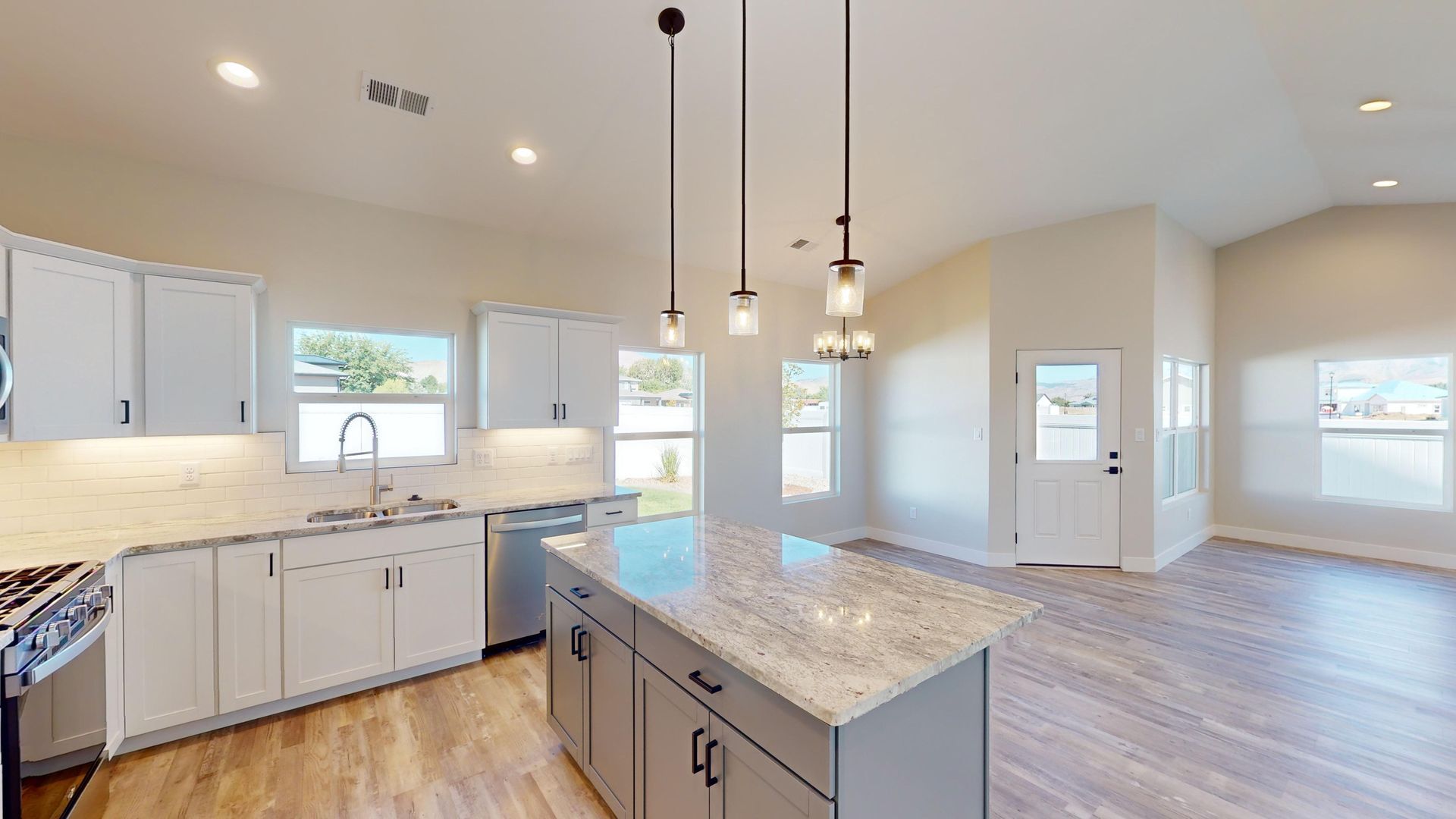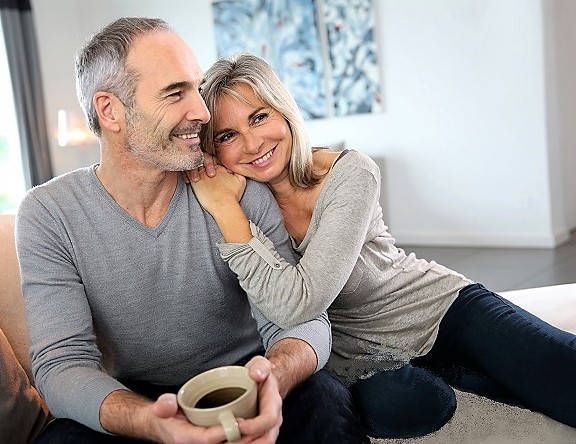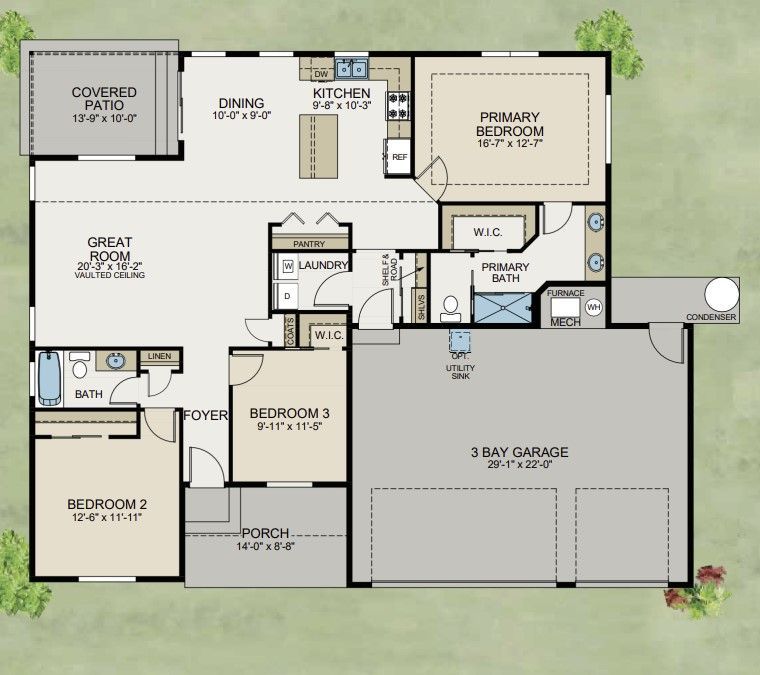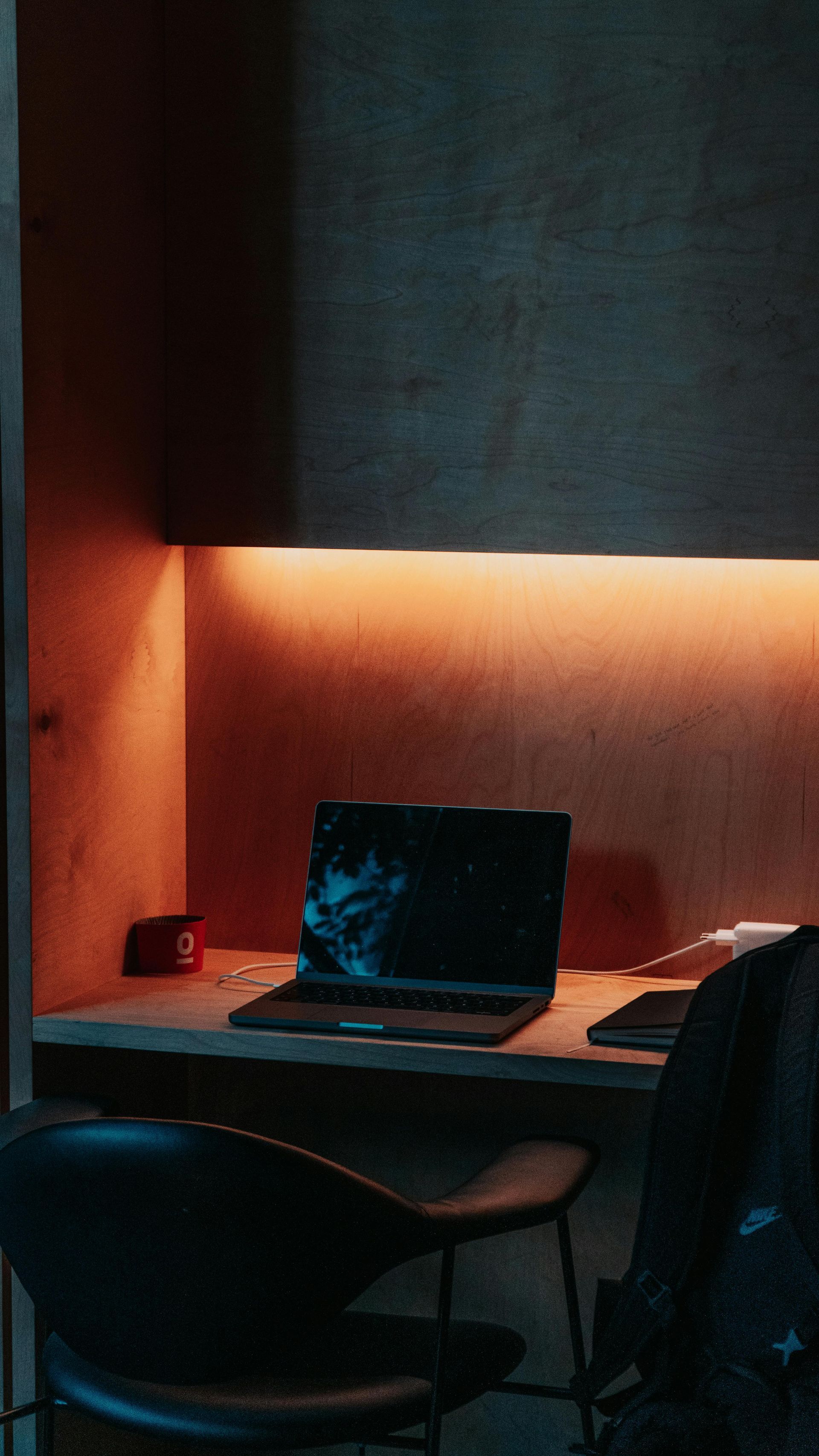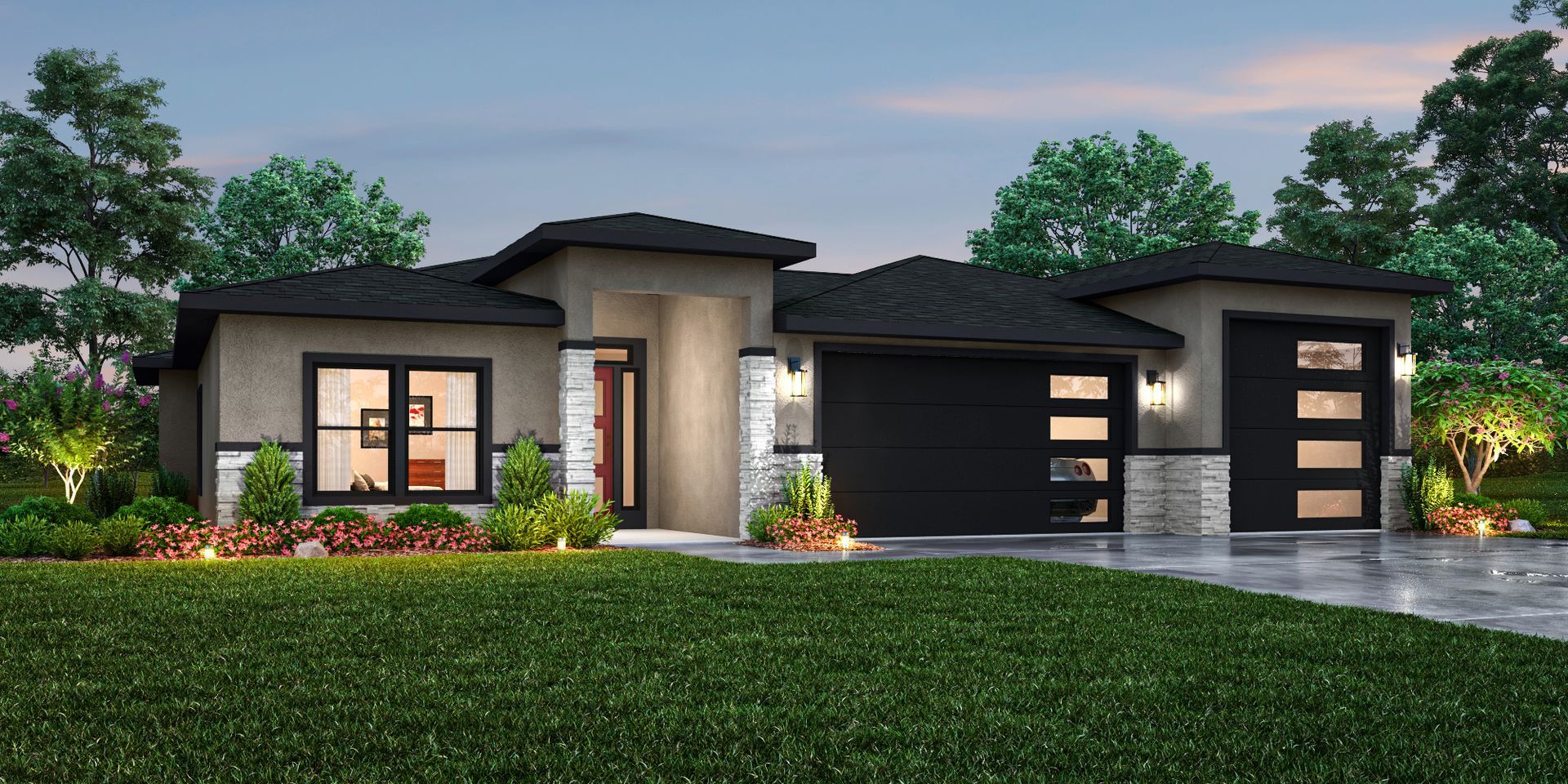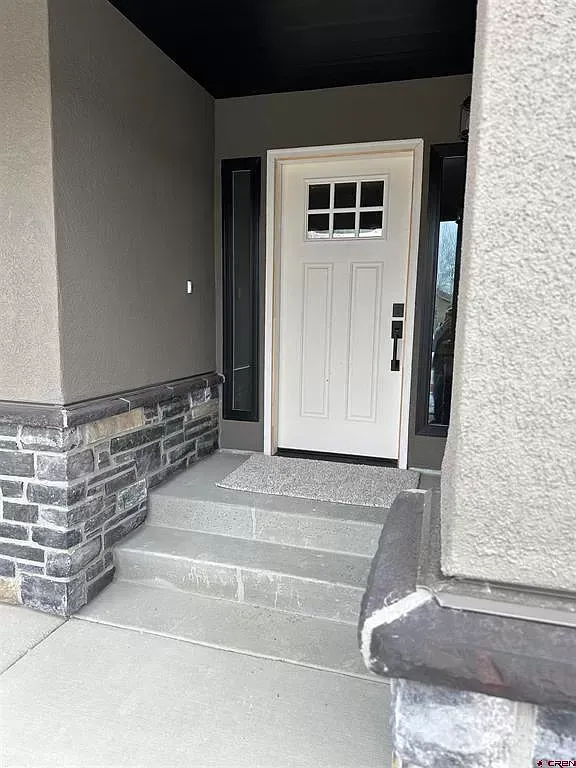Site Planning and Design: Key Concepts and Practices
Site planning and design play a crucial role in the development of functional, sustainable, and aesthetically pleasing environments. This comprehensive process involves evaluating land use, environmental considerations, and infrastructure needs to create effective and harmonious spaces for human activity.

Key Elements of Site Planning
Topography and Land Use
Understanding the terrain and land features is essential in site planning. Topographic surveys provide vital data about the land's contours, elevations, and natural features, helping planners optimize the design and functionality of the site. This step ensures efficient water drainage, minimizes soil erosion, and integrates natural elements into the design.
Environmental Considerations
Site planning must address environmental sustainability. This includes conducting environmental impact assessments (EIAs) to identify and mitigate potential negative effects on the ecosystem. Incorporating green spaces, preserving natural habitats, and utilizing eco-friendly materials are vital aspects of sustainable site planning.
Zoning and Regulations
Compliance with zoning laws and building codes is critical in site planning. These regulations govern land use, building heights, setbacks, and density, ensuring that developments align with community standards and safety requirements. Understanding and adhering to these regulations help streamline the approval process and prevent legal complications.
Infrastructure and Utilities
Effective site planning includes the integration of infrastructure and utilities such as roads, drainage systems, water supply, and electricity. Proper planning ensures that these essential services are efficiently laid out, accessible, and capable of supporting the intended use of the site.
Design Principles in Site Planning
Functional Layouts
A functional layout is key to successful site planning. It ensures that spaces are organized to meet the needs of users while maximizing efficiency. This involves thoughtful placement of buildings, pathways, and recreational areas to create a seamless flow and enhance usability.
Aesthetic Considerations
Aesthetics play a significant role in site planning. Incorporating landscape architecture, public art, and visually appealing design elements contribute to creating inviting and enjoyable spaces. Balancing functionality with beauty enhances the overall user experience.
Sustainability and Innovation
Modern site planning embraces sustainability and innovation. This includes using renewable energy sources, implementing water conservation techniques, and designing for energy efficiency. Innovative practices such as green roofs, rain gardens, and permeable pavements help create environmentally responsible developments.
Examples
Balancing Functionality with Beauty: The Success of Vista Mesa Subdivision
In the design of the Vista Mesa Subdivision, Integrity Homes demonstrates the perfect blend of functionality and aesthetics. Nestled between Grand Junction and Palisade, this community offers stunning views of the Grand Mesa and Mount Garfield, while ensuring residents enjoy a seamless living experience. The thoughtful placement of homes, pathways, and recreational areas creates a harmonious flow, enhancing usability and overall user satisfaction. This example underscores the importance of balancing natural beauty with practical living spaces, providing residents with both scenic views and convenient access to essential amenities like schools and the soon-to-be-completed Clifton Community Campus.
Thoughtful Infrastructure Integration at Monument Ridge Estates
Monument Ridge Estates in Redlands, CO, serves as a prime example of integrating essential infrastructure and utilities with thoughtful site planning. Integrity Homes meticulously planned the community to ensure optimal placement of roads, drainage systems, and utility connections, contributing to a well-organized and efficient living environment. The strategic layout not only maximizes land use but also preserves the area's natural terrain and scenic beauty, offering residents unparalleled views of the Monument. This careful attention to infrastructure supports sustainable living while enhancing the overall appeal of the community.
Ensuring Compliance and Addressing Terrain in Integrity Homes’ Developments
Both Vista Mesa Subdivision and Monument Ridge Estates illustrate Integrity Homes' commitment to compliance with zoning laws and building codes. Each community was designed with careful consideration of local regulations, ensuring that every aspect of development adheres to legal standards. Additionally, the unique terrain features of each site were meticulously assessed to optimize the use of land while preserving natural topography. These efforts highlight how thoughtful site planning can result in communities that not only meet regulatory requirements but also provide beautiful, functional living spaces that cater to the needs of their residents.
Conclusion
Site planning and design are fundamental to creating livable, sustainable, and aesthetically pleasing environments. By addressing topography, environmental considerations, zoning regulations, and infrastructure needs, planners can develop spaces that meet the needs of both people and the planet. Continued innovation and adherence to best practices will ensure that site planning remains a vital component of responsible development.
Supporting References:
Topographic Surveys:
- Purpose and Uses: Topographic surveys are essential for understanding land elevations and features, aiding in planning and development. Votex Surveying
- Environmental Restoration: They play a crucial role in environmental and ecosystem restorations by providing vital data on elevation and terrain. Scalice Land Surveying P.C.
Environmental Impact Assessments (EIA):
- Process Steps: The EIA process typically includes steps such as screening, scoping, impact assessment and mitigation, impact management, reporting, review and licensing, and monitoring. IISD
- Principles and Compliance: Understanding key EIA terms and concepts is essential for effective compliance during project design and implementation. USAID
